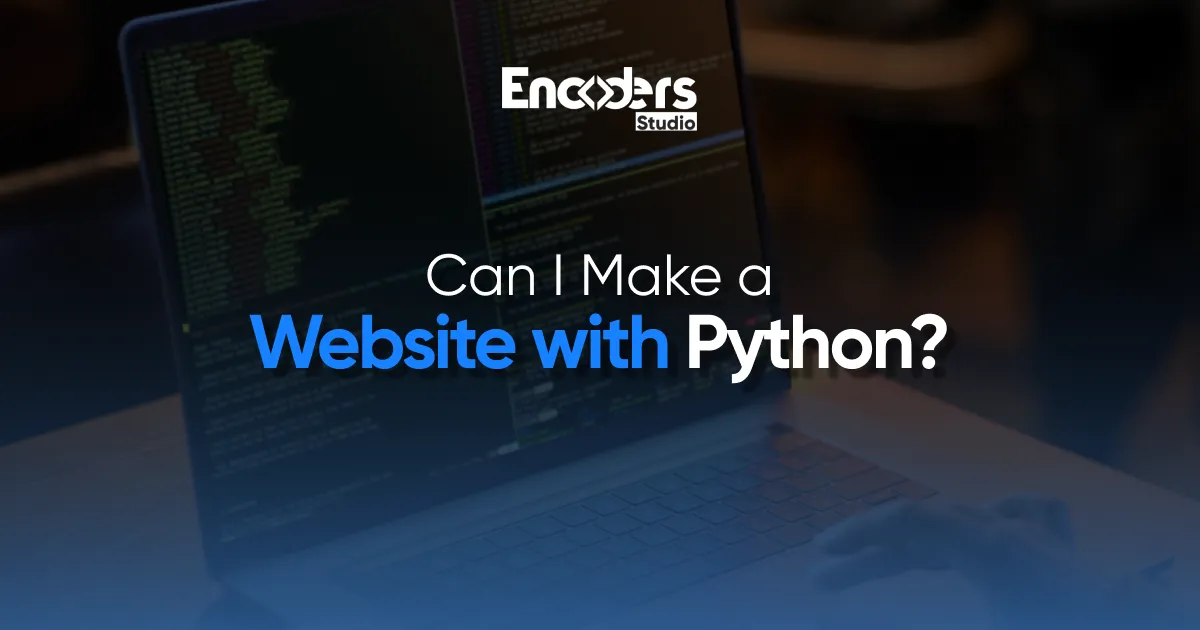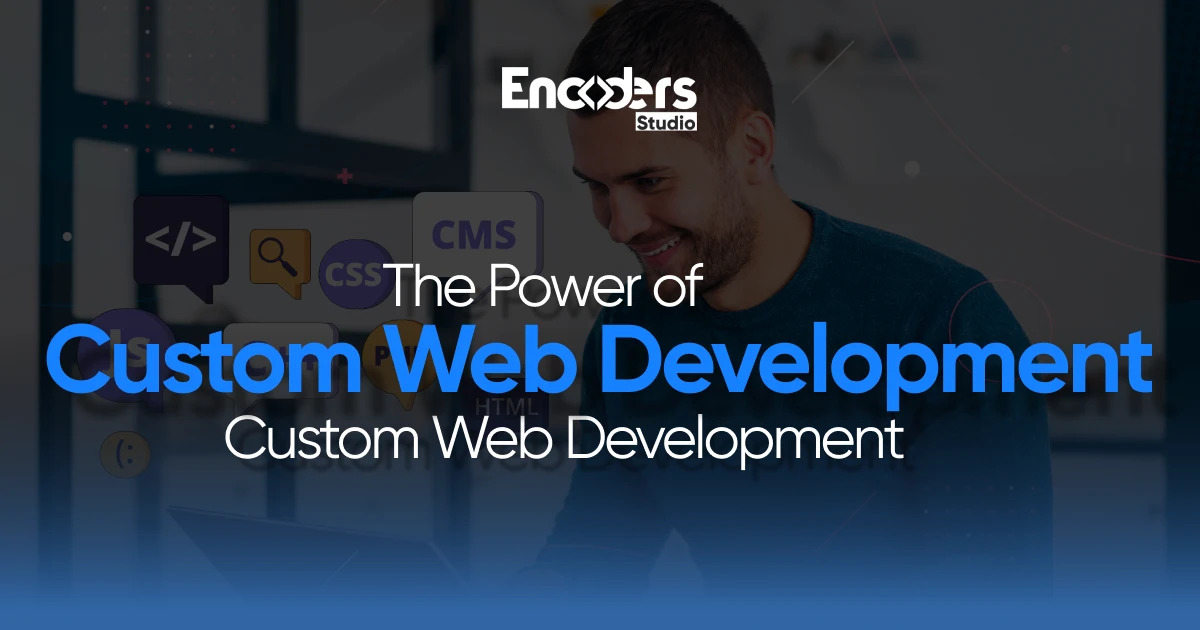In a dimly lit room, a developer sits hunched over a keyboard, fingers flying across the keys. Lines of code appear on the screen, not in the familiar HTML or JavaScript, but in a language known for its simplicity and power: Python. With each keystroke, a website takes shape – dynamic, responsive, and ready to serve millions of users worldwide. This isn’t a scene from a tech thriller; it’s the reality of modern web development with Python.
The digital landscape is evolving, and Python is at the forefront of this transformation. Once relegated to the realms of data analysis and backend scripting, Python has burst onto the web development scene with the force of a digital revolution. It’s the secret weapon behind internet behemoths like Instagram, YouTube, and Spotify, powering websites that handle billions of interactions daily.
But Python’s appeal isn’t limited to tech giants. From solo entrepreneurs crafting their first online presence to an established web development company in Lahore and Silicon Valley alike, Python is democratizing web development. It’s bridging the gap between complex functionality and coding simplicity, allowing developers to build robust, scalable websites with fewer lines of code and in less time than ever before.
Why Choose Python for Web Development?
Python’s rising popularity in web development is no coincidence. Let’s explore why it has become a preferred choice for many developers and businesses:
Simplicity and Readability
Python’s syntax is clean, intuitive, and remarkably close to plain English. This simplicity translates to faster development times and easier maintenance. The language’s readability doesn’t just make learning easier; it also reduces the likelihood of errors and makes code reviews more efficient.
Versatility and Robust Libraries
Python’s standard library is extensive, offering tools for almost any task. Beyond that, the Python Package Index (PyPI) hosts hundreds of thousands of packages, many of which are tailored for web development. From data visualization to machine learning, Python’s ecosystem has you covered.
Powerful Web Frameworks
Python boasts several web frameworks that simplify the development process. Django, a high-level framework, follows the “batteries-included” philosophy, which provides everything needed for the rapid development of secure and maintainable websites.
Furthermore, Flask is a lightweight, flexible framework that gives developers more control over which components to use. FastAPI is a modern framework for building APIs with Python, known for its speed and ease of use.
Scalability and Performance
Contrary to some misconceptions, Python can handle high-traffic websites efficiently. Instagram, with its billions of users, is a prime example of Python’s scalability. While raw performance might lag behind compiled languages in some scenarios, Python’s ease of use often leads to faster development and deployment, which can be a crucial advantage in today’s fast-paced digital landscape.
Getting Started with Python Web Development
Now that we’ve established why Python is a solid choice for web development, let’s dive into how you can start building your website with Python.
Setting Up Your Development Environment
Before you start coding, you need to set up your development environment. This process involves several key steps:
- Install Python: Download and install the latest version of Python from the official website.
- Choose an IDE: Select an Integrated Development Environment that suits your needs. Popular options include PyCharm, Visual Studio Code, and Sublime Text.
- Set up a virtual environment: This keeps your project dependencies isolated, ensuring consistency across different systems.
Choosing a Framework
Your choice of framework will depend on your project’s requirements and your personal preferences. Here’s a brief overview of the most popular options:
Django:
- Ideal for large-scale projects
- Provides a robust admin interface, ORM, and built-in security features
- Follows the “batteries-included” philosophy
Flask:
- Perfect for smaller projects or when you need more flexibility
- Minimalistic but highly extensible
- Gives developers more control over which components to use
FastAPI:
- A modern framework for building APIs
- Known for its speed and ease of use
- Great for microservices and serverless functions
Building Your First Python Website
Creating a simple website with Python involves several steps:
- Set up your chosen framework
- Define routes (URLs) for your web pages
- Create HTML templates for your pages
- Add functionality to your routes
- Run your application
With frameworks like Flask or Django, you can quickly set up a basic website structure and start adding content and functionality.
Advanced Topics in Python Web Development
As you grow more comfortable with Python web development, you’ll want to explore more advanced topics:
Database Integration
Most websites need to store and retrieve data. Python makes database integration straightforward, whether you’re using SQL or NoSQL databases. Popular options include:
- SQLite: Lightweight, serverless database, great for small to medium-sized applications
- PostgreSQL: Powerful, open-source database system, ideal for larger applications
- MongoDB: NoSQL database, perfect for applications with complex, unstructured data
RESTful API Development
Creating APIs with Python is efficient, especially with frameworks like Flask-RESTful or Django REST framework. These tools allow you to build robust, scalable APIs that can serve as the backbone for complex web applications or mobile apps.
Frontend Integration
While Python handles the backend, you’ll likely use JavaScript, HTML, and CSS for the front end. Popular frontend frameworks that work well with Python backends include:
- React: A JavaScript library for building user interfaces
- Vue.js: A progressive framework for building user interfaces
- Angular: A platform for building mobile and desktop web applications
Deployment and Scaling
When your website is ready for the world, you’ll need to deploy it. Consider the following options:
- Heroku: Platform as a Service (PaaS) that makes deploying Python apps easy
- AWS: Offers a range of services for hosting Python applications
- DigitalOcean: Provides virtual private servers (droplets) suitable for Python hosting
As your site grows, you might need to explore concepts like load balancing, caching, and containerization with Docker to ensure your application can handle increased traffic and demand.
The Bottom Line
So, can you make a website with Python? Absolutely. And with the knowledge you’ve gained from this guide, you’re well on your way to doing just that. The world of Python web development is vast and full of opportunities. Building a website with Python is not just possible; it’s a powerful and rewarding approach to web development. It offers everything you need to create websites that are efficient, scalable, and maintainable. Learn more with Encoders Studio.




